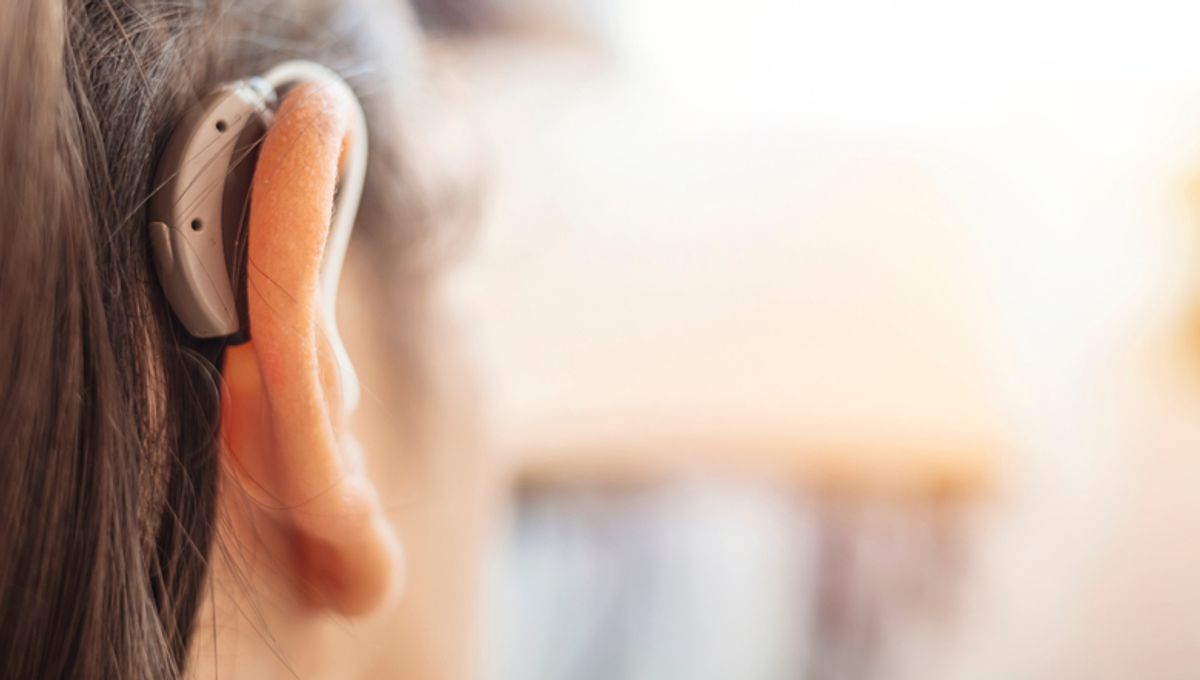
Anything is possible in a world where bees can be fish and lagoons can be people – including false teeth doubling up as hearing aids. It sounds wild, we know, but the future of assistive hearing devices could lie in our mouths via a dental implant capable of conducting sound from tooth to jaw to ear.
Researchers are hoping to give teeth to the idea, investigating its potential in a study published this month. The mouth might not seem the most natural place for a device designed to improve hearing – but, the researchers argue, tucking a hearing aid away in the teeth could be a more discreet and comfortable option for those who wear them.
How exactly would this work? Well, dental implants are directly connected to bone by a process called osseointegration. Because of this, it has been speculated they could send vibrations through the jawbone to the inner ear. However, this potential has never before been studied. Were the implants to be found capable of this “bone conduction”, it might one day be possible to fit them with a device that imparts sound vibrations, use them to replace lost teeth, and have them function as a hearing aid.
Previous research has indicated the bone conduction potential of natural teeth, but never false teeth. Tooth-based hearing aids have even been designed in the past and shown some success, but these devices clipped onto the teeth instead of being integrated into them.
For the researchers of the latest study, the first step toward bringing their hearing-aid-in-a-tooth concept to fruition was to establish whether a false tooth anchored to the jawbone could actually transmit sound i and if it could, how good a job would it do.
They applied vibrations to the implants of 38 people, plus their natural teeth and mastoid bones (which traditional hearing aids use) for comparison. At a range of different frequencies, the implants worked as well as – and sometimes even better than – natural teeth or mastoid bones at conducting sound. Particularly, when those teeth were located at the front of the mouth. This, the researchers suggest, could be explained by the fact that the jawbone is harder and denser at this position.
Interestingly, no difference was noted in the bone conduction potential of teeth in the upper jaw compared to teeth in the lower jaw.
From their findings, the authors conclude that dental implants could realistically function as hearing assistive devices one day. If the technology allows, this false tooth hearing aid hybrid could “provide unique advantages.. such as excellent concealment, good comfort, and improved quality of sound,” they write in the paper.
“Therefore, with the continuous improvement of technologies, dental implant hearing aids are expected to be widely used in military, medical, daily life, and other settings.”
The study is published in the Journal of the Acoustical Society of America.
Source Link: You Could One Day Wear Hearing Aids In Your Mouth Thanks To Dental Implant Technology